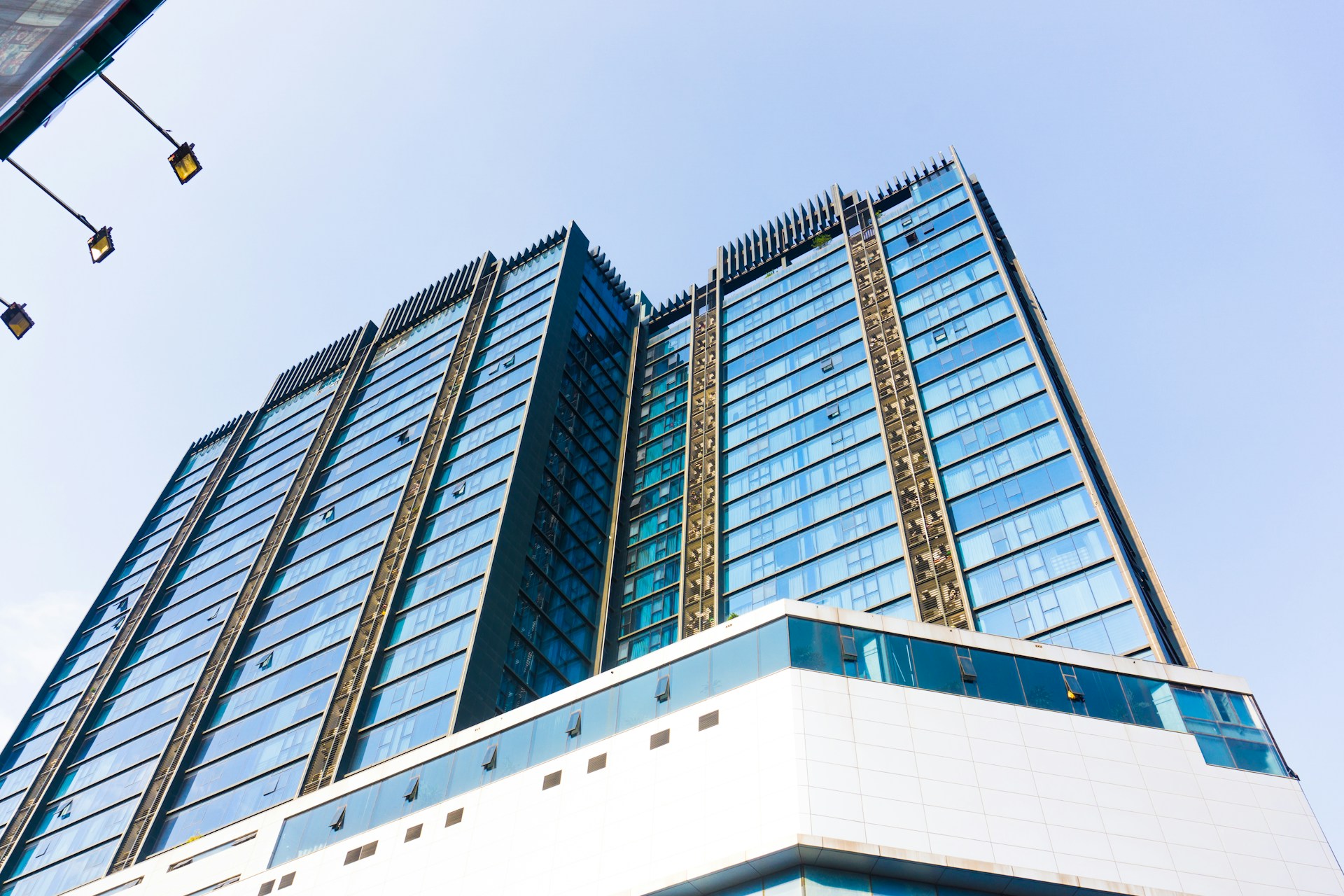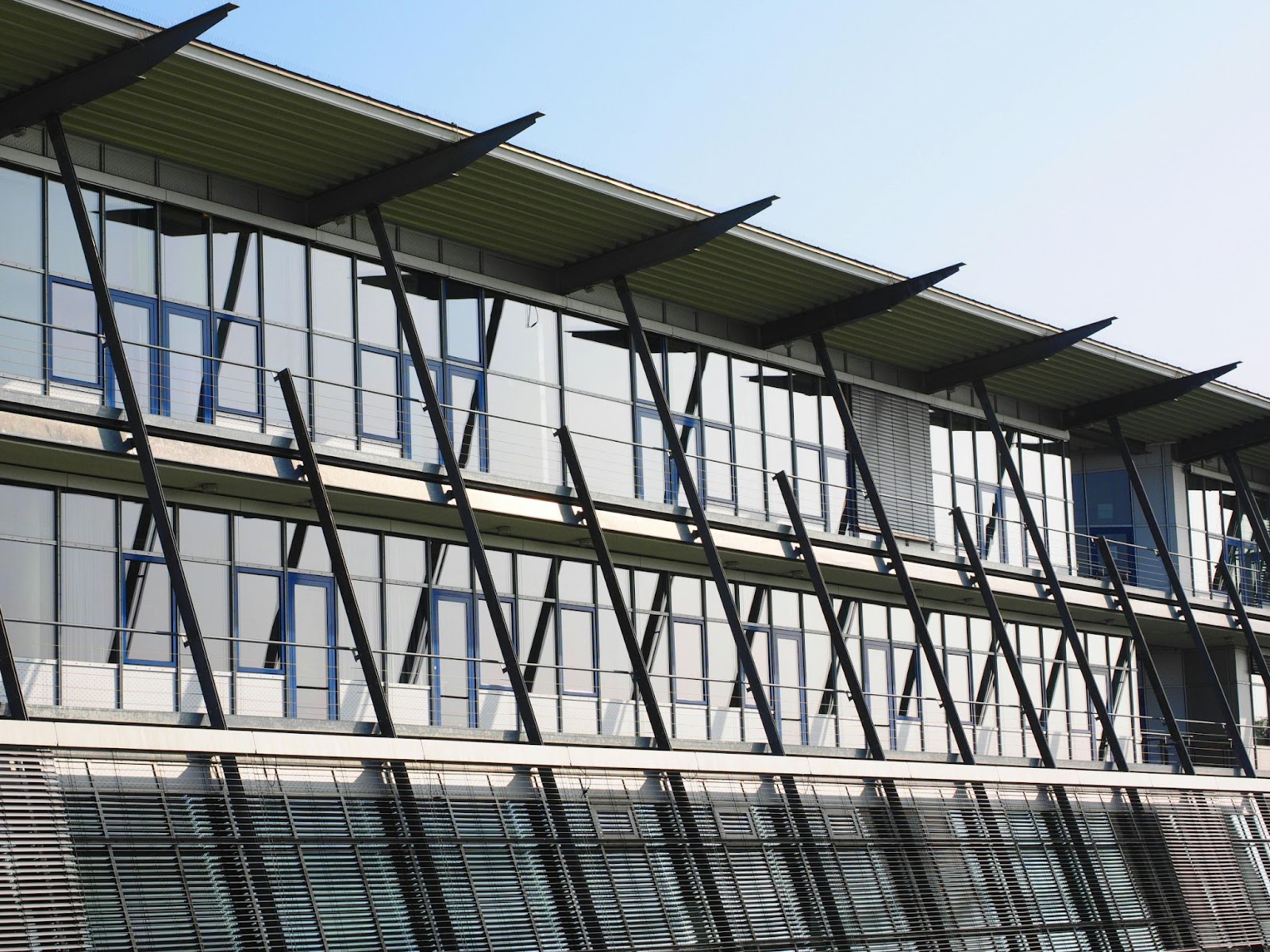Behind The Flames: The Intricacies Of Fire Resistance Testing

Fire resistance testing – a realm where courage, innovation, and science collide, shaping the foundations of safety we so often take for granted. This field stands as a testament to human ingenuity and bravery, as professionals manipulate one of nature’s most volatile elements to safeguard our lives. But what really goes on behind the seemingly impenetrable doors of fire testing labs? How do these valiant individuals chart the thin line between safety and disaster? Here, lets us unmask the journey of fire resistance testing and its blueprints of bravery.
What Does Fire Resistance Entail?
Fire resistance, in the context of building materials, signifies the ability of a material to withstand fire, or extreme heat, without losing structural integrity for a specified period. This crucial property determines how well a material can slow down the spread of the fire and limit the damage. There are several key elements involved in assessing the fire resistance of a material. This includes its ignition point (the temperature at which it catches fire), its rate of burn, and the degree to which it contributes to the spread of the fire. Moreover, the production of smoke and toxic gases during combustion is also a vital aspect as it has direct implications on evacuation procedures during a fire event.
Which Building Materials Undergo Fire Resistance Testing?
Fire resistance testing is conducted on a wide range of building materials, from structural elements like walls, floors, and roofs to non-structural elements such as doors, windows, and insulation. Each material has its own unique properties that impact its fire resistance capabilities. Therefore, it’s essential to test each material individually to accurately assess its performance during a fire. Some common materials that undergo fire resistance testing include:
Concrete and Masonry
Fire resistance testing encompasses a diverse array of building materials, including stalwarts like concrete and masonry. Renowned for their durability and strength, these materials form the backbone of structures globally. Concrete’s thermal inertia, allowing it to absorb and slow down the transmission of heat, and masonry’s non-combustible nature make them vital in fire resistance. Rigorous testing involves subjecting these materials to intense heat conditions, evaluating structural changes and time to failure. Understanding their fire resistance aids architects in designing structures that stand resilient against the ravages of fire.
Steel and Metal Alloys
Steel and metal alloys, integral to modern architecture, offer strength but pose unique challenges in fire resistance. While not combustible, their structural integrity can be compromised under high temperatures. Fire resistance testing involves subjecting steel to simulated fire scenarios, recording critical temperatures, and evaluating the effectiveness of fireproofing methods. Adhering to standards like ASTM E119 and EN 1363-1, these tests guide the design of resilient structures, emphasizing the need for protective measures to maintain steel’s integrity during a fire.
Gypsum and Plasterboard
Gypsum and plasterboard, staples in interior finishes, boast inherent fire resistance. Gypsum’s water content absorbs heat during combustion, delaying fire spread, and plasterboard utilizes this property effectively. Fire resistance testing scrutinizes their ability to maintain structural integrity under extreme heat, adhering to standards. Results inform manufacturers and builders about fire resistance capabilities, crucial in constructing interiors that balance aesthetics with safety.
Insulating Materials
Insulating materials, crucial for energy efficiency, also play a pivotal role in fire safety. Fiberglass, rock wool, cellulose, and foam insulation undergo fire resistance testing to assess their performance in real-life fire scenarios. Stringent standards like ASTM E84 and NFPA 285 measure flame spread, smoke development, and toxicity. Understanding the fire resistance of insulating materials is essential for constructing energy-efficient, safe buildings compliant with fire safety standards.
Glass and Glazing Systems
Glass and glazing systems, integral to modern design, undergo meticulous fire resistance testing. These materials contribute to aesthetics, natural light, and energy efficiency, with specialized types like tempered and fire-resistant glass enhancing safety. Tests under standards evaluate their ability to withstand high temperatures and restrict flame spread. Results guide the selection of glass for critical areas, ensuring both functionality and safety in building design. Comprehensive fire resistance testing for these materials underscores the importance of a holistic approach to fire safety in construction.
What International Standards Govern Fire Resistance Testing?
International standards play a pivotal role in ensuring consistency, safety, and quality across various industries, including fire resistance testing for construction materials. These standards provide specific procedures and metrics, which help in evaluating the capabilities of materials to withstand fire, thereby ensuring the safety and compliance of buildings. Two major organizations that set these standards globally are ASTM International and the International Organization for Standardization (ISO). Furthermore, NFPA, UL standards, UBC, and CAN 4 are also widely recognized in the fire resistance testing industry. Adhering to these standards provides a standardized and reliable approach towards fire safety, promoting innovation and continuous improvement in building materials.
Step-By-Step Fire Resistance Testing Process
Embarking on the fire resistance testing journey involves a meticulously structured process, encompassing pre-testing preparations, the actual test conduct, post-testing analysis, and subsequent follow-up actions. This step-by-step approach ensures comprehensive documentation and compliance with stringent standards, laying the foundation for resilient and fire-safe building materials.
Pre-Testing Preparations
Before subjecting materials to intense heat conditions, thorough pre-testing preparations are imperative. This phase involves selecting the appropriate testing standards, setting up the testing apparatus, and ensuring the materials are representative of real-world applications. Calibration of instruments, verification of testing parameters, and meticulous attention to detail characterize this preparatory stage, ensuring the accuracy and reliability of the ensuing fire resistance tests.
Conducting The Test
The heart of fire resistance testing lies in the controlled exposure of materials to simulated fire scenarios. This phase involves subjecting the materials to extreme heat conditions, often utilizing specialized furnaces that replicate the intensity of actual fires. The duration, temperature, and other relevant parameters are carefully monitored, providing valuable insights into how the materials respond to the challenges posed by fire. Rigorous adherence to testing standards ensures consistency and reliability in evaluating the fire resistance capabilities of diverse building materials.
Post-Testing Analysis
Following the exposure to intense heat, a meticulous post-testing analysis is conducted. This phase involves assessing structural changes, evaluating the time taken for materials to fail, and understanding the impact on their fire resistance properties. The data collected during this analysis forms the basis for informed decision-making regarding the suitability of materials for specific applications. Detailed scrutiny of these results enables researchers, engineers, and designers to refine and enhance the fire resistance of building materials, contributing to the overall safety and resilience of structures.
Follow-Up Actions
Upon completion of fire resistance testing and analysis, the insights gained necessitate appropriate follow-up actions. This phase may involve refining the composition of materials, enhancing fireproofing methods, or implementing additional safety measures. The goal is to address any vulnerabilities identified during testing, ensuring that the materials meet or exceed the required fire safety standards. Iterative improvements driven by the results of fire resistance testing contribute to the ongoing enhancement of building materials and their fire-resistant characteristics.
Documentation And Compliance
A crucial aspect of the fire resistance testing process is the documentation and compliance phase. Comprehensive records of the entire testing process, including pre-testing preparations, test conduct, analysis, and follow-up actions, are meticulously compiled. This documentation serves as a vital reference for manufacturers, designers, and regulatory authorities, facilitating transparency and accountability. Compliance with relevant standards and regulations is ensured, affirming that the tested materials meet the necessary criteria for fire safety in construction. This structured documentation and compliance framework contribute to building a robust foundation for the ongoing improvement and assurance of fire-resistant building materials.
5 Common Challenges In Fire Resistance Testing
Some common challenges faced during fire resistance testing include:
Standardization And Variability
One of the significant challenges in fire resistance testing is the lack of universal standards and variations in testing protocols. Different regions adhere to different testing standards, including ASTM, ISO, NFPA, UL standards, UBC, and CAN 4, leading to inconsistencies and variations in testing methods, criteria, and interpretation of results.
Real-World Simulation
Attempting to replicate real-world fire conditions in a controlled laboratory setting is another significant challenge in fire resistance testing. Fires in the real world are unpredictable, with a multitude of variables such as wind speed, humidity, building materials, and available fuel that significantly affect their behavior. In contrast, lab-controlled fires are more uniform, following a pre-determined heat curve in a controlled environment with restricted variables. This discrepancy between real fires and lab fires can lead to test results that don’t accurately reflect how materials will react in a real-world fire.
Diversity Of Materials And Applications
The diversity of materials used in construction and their varied applications pose significant hurdles in fire resistance testing. Every material has unique properties, including melting point, combustion rate, and thermal conductivity, affecting its behavior in a fire. This necessitates individual testing protocols tailored to each material’s characteristics, adding complexity to the testing process. Moreover, the application of these materials in construction—whether they’re used in structural elements, interior finishes, or insulation—can alter their exposure to fire and heat. This multifaceted use requires understanding the fire behavior in diverse scenarios, adding another layer of complexity. Consequently, fire resistance testing must be flexible and comprehensive, capable of addressing the variety of elements in building construction while maintaining the robustness and reliability of results.
Interconnected Systems
Interconnected systems within buildings, encompassing HVAC, electrical, and plumbing networks, present unique challenges in fire resistance testing. While assessing individual components is straightforward, evaluating their collective performance under fire conditions is intricate. Shared pathways, structural attachments, and thermal interactions create a complex web of dependencies among these systems. Fire can unpredictably damage one system, affecting others, leading to potential cascading failures. Additionally, understanding how interconnected systems impact overall structural integrity during a fire remains a gap in current testing methodologies. This highlights the need for evolving approaches that consider the collective behavior of these systems to ensure comprehensive fire safety in building design.
Dynamic Nature Of Fire
The dynamic nature of fires poses a significant challenge in accurately simulating them within controlled test settings. Real-world fires are influenced by unpredictable factors like wind changes, atmospheric variations, and continuous fuel source fluctuations. Controlled tests, while providing a regulated baseline, lack the unpredictability of actual fires, potentially resulting in fire resistance ratings that do not truly reflect material performance in real-life conditions. Most tests focus on individual elements rather than entire systems, neglecting the impact of neighboring components. Addressing this challenge requires advanced testing techniques that consider both individual material performance and their collective response when integrated, ensuring a more accurate representation of fire resistance for enhanced building safety standards.
Secure Your Space With Liberty Shielding – Act Now!
In conclusion, the journey of fire resistance testing is a testament to the relentless pursuit of safety and innovation in building materials. As we unravel the blueprints of bravery within the testing realm, it becomes evident that the dynamic nature of fire and the challenges faced in simulation demand constant evolution in testing methodologies. Despite common challenges such as standardization issues, real-world simulation discrepancies, material diversity, and the complexities of interconnected systems, the commitment to enhancing building safety persists. Advanced testing techniques and a step-by-step testing process underscore the ongoing efforts to create resilient structures. Now, more than ever, it is crucial to secure spaces with cutting-edge solutions like those offered by Liberty Shielding. Explore more about fire-rated products and fortify your commitment to safety. Act now to build a safer, more resilient future.
Explore More News

Fire Rated Glass for Aircraft Interiors: Challenges and Solutions
Embark on a journey to elevate aviation safety to new heights with Liberty Shielding’s pioneering innovation – fire rated glass…

Fire Resistant Glass: Key Features and Applications in Manufacturing
Step into the realm where security harmonizes with innovation. Unveil the extraordinary attributes of our fire-resistant glass, meticulously crafted to…

Bullet-Proof Windows: Balancing Safety and Aesthetics
Step into the future of unparalleled security with Bullet-Proof Windows from Liberty Shielding. As the industry leader, we redefine safety…
